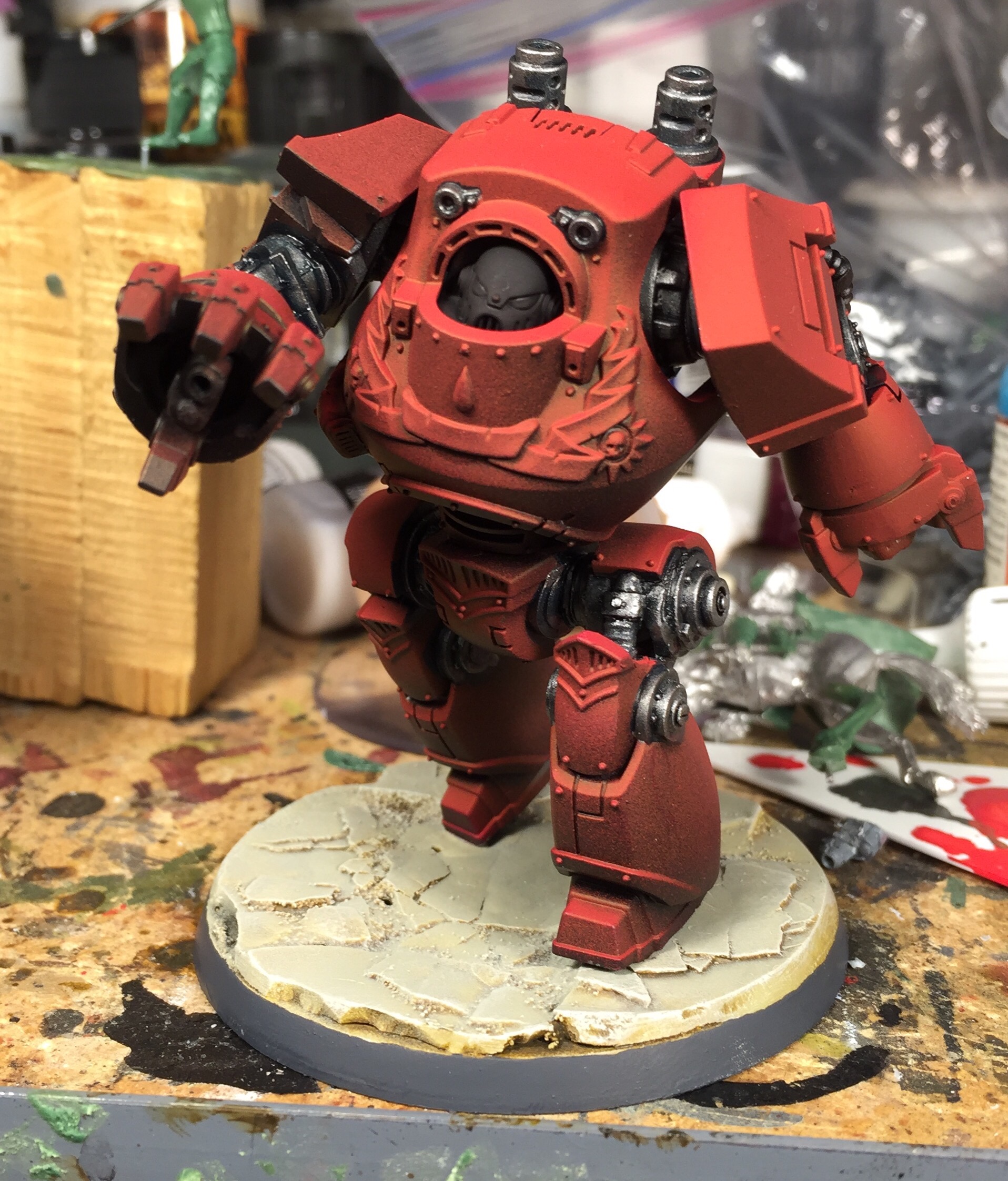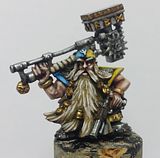
Games workshop recommends the use of 4 to 6 pieces of terrain for a gaming table size of 6ft x 4ft. I have experienced many games when a lot more terrain is used, especially when modular smaller pieces are used such as hedges, fences and walls. Also, sometimes terrain is used to represent a stratgeic objective which will earn the controlling player victory points - this is a nice tactical alternative to the pitched battle.
Typically, players will choose, let's say 6 pieces, for the battlefield and then take it in turns selecting the terrain for placement on their portion of the board within their 12 inches deployment zone. Many players ignore this and terrain often finds itself plonked right in the middle of the tabletop, this is fine providing both players are happy beforehand.
Either way, at some point in the battle terrain will most likely play a part.

If you like the look of their terrain you can buy it from :-
battlefield modelling eBay store
The terrain is all hand-made and painted and I have to say, it's the best commercially available battlefield terrain and scenery I have ever seen.
1) Selecting Terrain and Scenery
Let's assume you have a number of terrain pieces to select from. So, what do you take ? You might think that this would be a simple question to answer but I can tell you, from my own experience, that it's all too easy to make a decision that could later come to regret.
There are a handful of questions you really should ask yourself:-
- Is there any terrain you really "need" ?
- Is there any terrain you really should deny your enemy ?
- Is there any scenery you need to keep out of your way ?
- Can any scenery help protect your flanks if they need it ?
To be continued (because it's time for my head to hit my pillows !)....
including:-
- Scenery placement
- Defended obstacles, soft and hard cover and impassable terrain
- Manoeuvring through and around terrain
- Planning for terrain effects













































